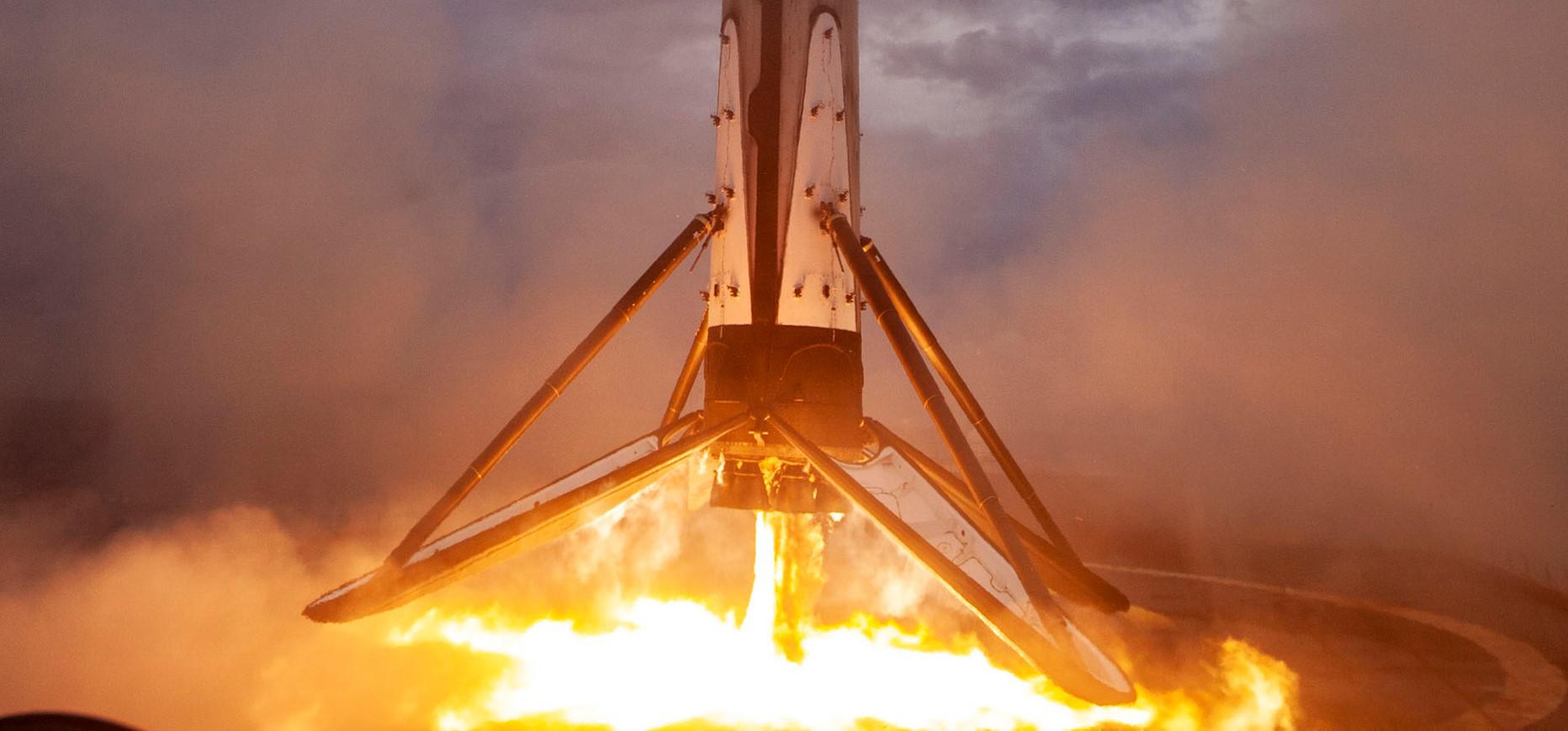

News
SpaceX wins NASA approval to launch astronauts on reused rockets and spacecraft
SpaceX appears to have won NASA’s approval to launch astronauts on reused Falcon 9 rockets and Crew Dragon spacecraft a matter of days after the company’s astronaut launch debut went off without a hitch.
Ever since SpaceX began landing and reusing orbital-class Falcon 9 boosters some 15 months after it won a NASA contract to develop Crew Dragon, the obvious possibility that the two groundbreaking technologies might one day meet has always floated just under the surface. Almost without fail, most joint NASA/SpaceX press conferences will receive a question or two about whether either party is thinking about or working towards astronaut launches on flight-proven spacecraft. Encouraged by the fact that partner Boeing’s separate Starliner spacecraft was sold to NASA with reusability in mind from the start, those questions continued up until (and after) the day SpaceX became the first private company in history to launch astronauts into orbit.
In a wholly unexpected turn of events, a modification to SpaceX’s ~$3.1 billion NASA Commercial Crew Program (CCP) contract was spotted on June 3rd. Without leaving much room for interpretation, the contract tweak states that SpaceX is now “[allowed to reuse] the Falcon 9 launch vehicle and Crew Dragon spacecraft beginning with” its second operational astronaut launch, known as Post Certification Mission-2 (PCM-2) or Crew-2. Given the spectacular, hiccup-free success of SpaceX’s inaugural astronaut launch and International Space Station (ISS) arrival just 3-4 days prior, it’s safe to say that NASA is extremely happy with the results of the mission.
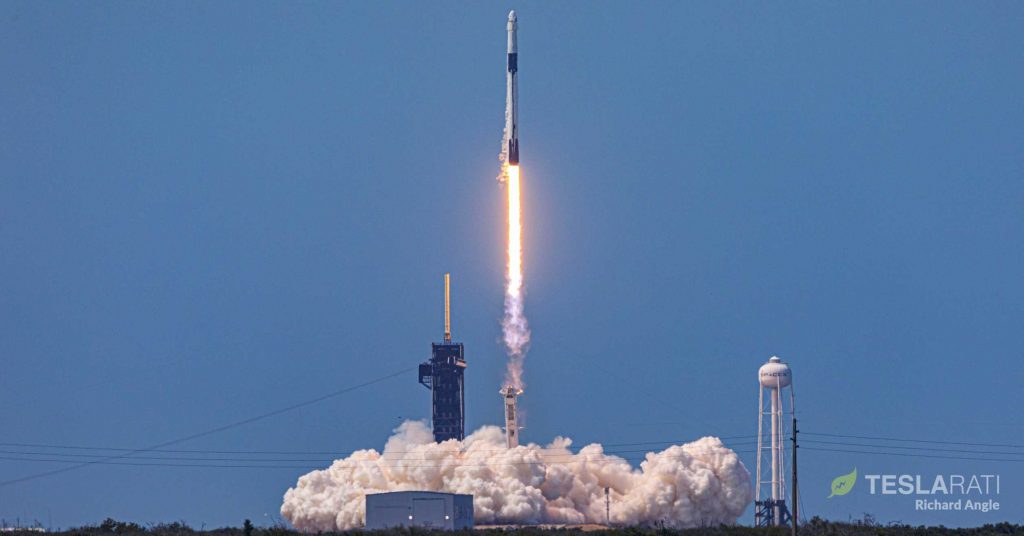
Without a shred of doubt, SpaceX has worked tirelessly for years to earn enough of NASA’s technical trust to permit crewed launches on flight-proven hardware, a possibility that even the optimists in the crowd assumed was distant at best. It has almost always been an uphill battle for SpaceX – a fact made especially clear when framed beside partner Boeing. An inherently conservative organization, NASA has repeatedly given Boeing and its more traditional Starliner spacecraft and development approach the benefit of the doubt while frequently tearing into the nooks and crannies of SpaceX and Crew Dragon over half a decade of cooperation.
While functioning more like an anchor when SpaceX finds itself working with conservative, stubborn organizations like NASA and US military branches, the company’s wholly non-traditional style of development has secured technical success after technical success. Over the course of the second half of SpaceX’s 20-mission NASA Commercial Resupply Services 1 (CRS1) contract, the company has still managed to successfully launch dozens of tons of cargo to the space station with flight-proven spacecraft and boosters. From CRS-11 to CRS-20, five missions featured reused Falcon 9 boosters and all but one of those 10 flights featured once or even twice-flown Cargo Dragon spacecraft.
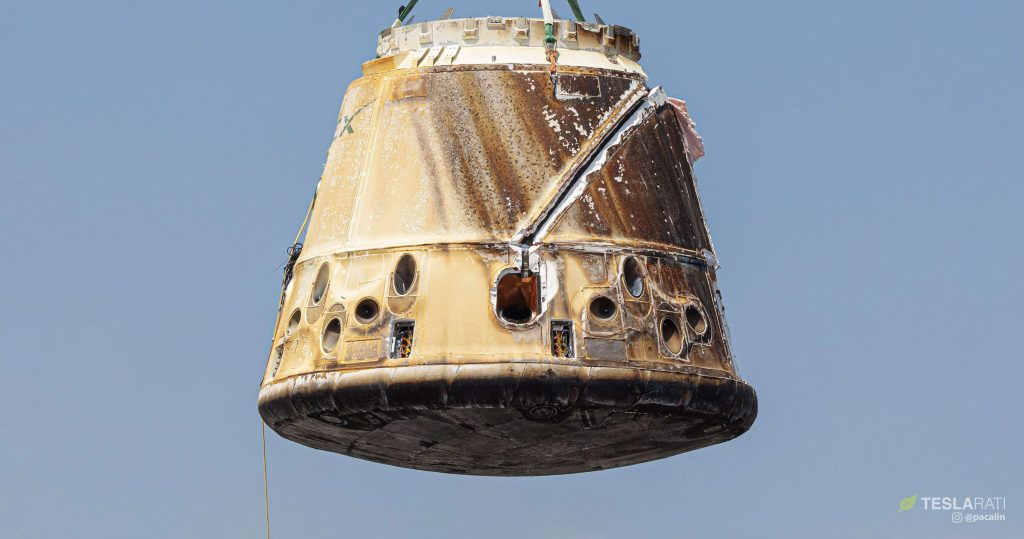
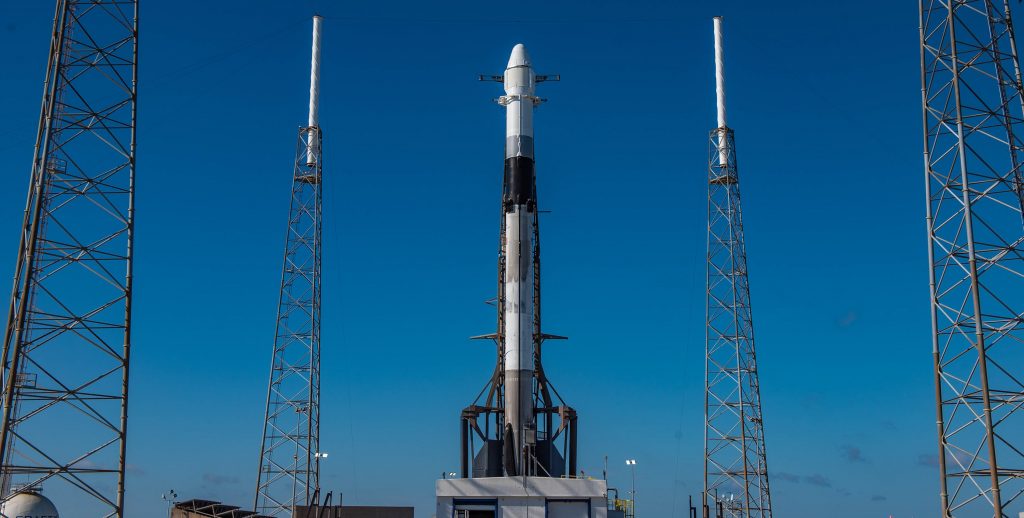
In short, SpaceX has demonstrated more than a dozen times to NASA that it’s fully capable of building, launching, and reusing orbital-class rockets and spacecraft. Additionally, before an unrelated design flaw destroyed the spacecraft during post-recovery testing, SpaceX successfully launched, recovered, and refurbished Crew Dragon capsule C201 in March 2019, demonstrating its dramatically improved reusability. While suborbital, Crew Dragon C205’s January 2020 In-Flight Abort (IFA) test also likely helped demonstrate the new spacecraft’s reusability and gave NASA more experience with the reuse of Falcon 9 Block 5 rockets as B1046’s fourth launch.
Every step along the way, SpaceX has put its money where its mouth is and proven that it’s more than capable of doing what much larger, more traditional companies have only claimed to be capable of – and often months or even years before its competitors and for hundreds of millions to billions of dollars less. While it’s much more likely that NASA has yet to actually certify SpaceX’s Crew Dragon spacecraft and Falcon 9 boosters for flight-proven astronaut launches, the June 3rd contract modification – at a minimum – signifies the space agency’s expeditious intent to do so. What is unambiguous is the schedule it lays out: SpaceX could potentially launch astronauts on a flight-proven rocket and spacecraft as early as its second operational taxi mission to the ISS.
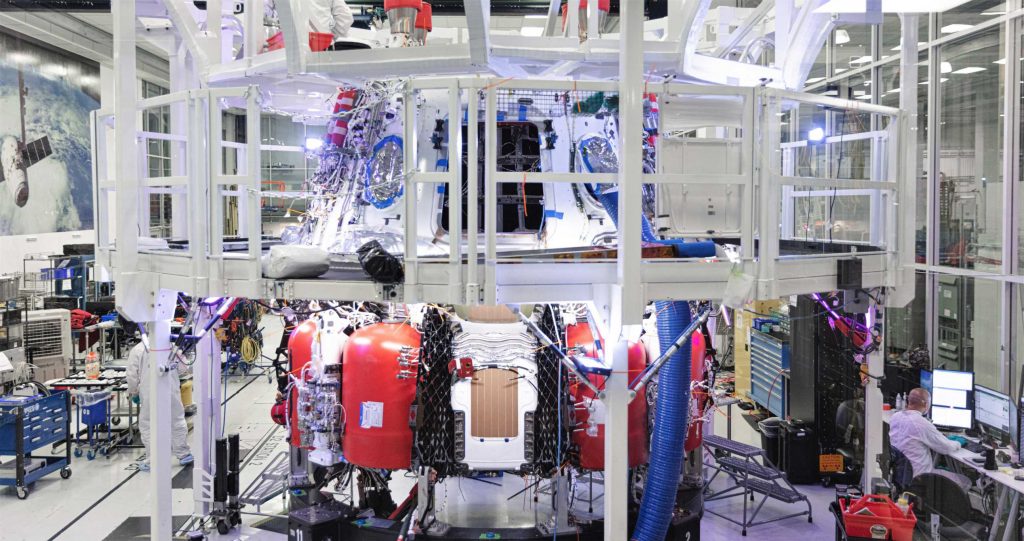

Known as PCM-2 or Crew-2, the mission is scheduled to follow Crew Dragon’s first operational astronaut launch – Crew-1 – by roughly six months. Contingent upon Crew Dragon Demo-2’s safe return of NASA astronauts Bob Behnken and Doug Hurley later this year, Crew-1 is tentatively scheduled to launch on August 30th, although it could potentially launch even sooner. If successful, Crew-2 should follow as soon as mid-2021 and could potentially reuse Crew-1’s Falcon 9 booster and the Demo-2 or Crew-1 Dragon capsule.
Check out Teslarati’s Marketplace! We offer Tesla accessories, including for the Tesla Cybertruck and Tesla Model 3.
News
Tesla launches in India with Model Y, showing pricing will be biggest challenge
Tesla finally got its Model Y launched in India, but it will surely come at a price for consumers.

Tesla has officially launched in India following years of delays, as it brought its Model Y to the market for the first time on Tuesday.
However, the launch showed that pricing is going to be its biggest challenge. The all-electric Model Y is priced significantly higher than in other major markets in which Tesla operates.
On Tuesday, Tesla’s Model Y went up for sale for 59,89,000 rupees for the Rear-Wheel Drive configuration, while the Long Range Rear-Wheel Drive was priced at 67,89,000.
This equates to $69,686 for the RWD and $78,994 for the Long Range RWD, a substantial markup compared to what these cars sell for in the United States.
🚨 Here’s the difference in price for the Tesla Model Y in the U.S. compared to India.
🚨 59,89,000 is $69,686
🚨 67,89,000 is $78,994 pic.twitter.com/7EUzyWLcED— TESLARATI (@Teslarati) July 15, 2025
Deliveries are currently scheduled for the third quarter, and it will be interesting to see how many units they can sell in the market at this price point.
The price includes tariffs and additional fees that are applied by the Indian government, which has aimed to work with foreign automakers to come to terms on lower duties that increase vehicle cost.
Tesla Model Y seen testing under wraps in India ahead of launch
There is a chance that these duties will be removed, which would create a more stable and affordable pricing model for Tesla in the future. President Trump and Indian Prime Minister Narendra Modi continue to iron out those details.
Maharashtra Chief Minister Devendra Fadnavis said to reporters outside the company’s new outlet in the region (via Reuters):
“In the future, we wish to see R&D and manufacturing done in India, and I am sure at an appropriate stage, Tesla will think about it.”
It appears to be eerily similar to the same “game of chicken” Tesla played with Indian government officials for the past few years. Tesla has always wanted to enter India, but was unable to do so due to these import duties.
India wanted Tesla to commit to building a Gigafactory in the country, but Tesla wanted to test demand first.
It seems this could be that demand test, and the duties are going to have a significant impact on what demand will actually be.
Elon Musk
Tesla ups Robotaxi fare price to another comical figure with service area expansion
Tesla upped its fare price for a Robotaxi ride from $4.20 to, you guessed it, $6.90.

Tesla has upped its fare price for the Robotaxi platform in Austin for the first time since its launch on June 22. The increase came on the same day that Tesla expanded its Service Area for the Robotaxi ride-hailing service, offering rides to a broader portion of the city.
The price is up from $4.20, a figure that many Tesla fans will find amusing, considering CEO Elon Musk has used that number, as well as ’69,’ as a light-hearted attempt at comedy over the past several years.
Musk confirmed yesterday that Tesla would up the price per ride from that $4.20 point to $6.90. Are we really surprised that is what the company decided on, as the expansion of the Service Area also took effect on Monday?
But the price is now a princely $6.90, as foretold in the prophecy 😂
— Elon Musk (@elonmusk) July 14, 2025
The Service Area expansion was also somewhat of a joke too, especially considering the shape of the new region where the driverless service can travel.
I wrote yesterday about how it might be funny, but in reality, it is more of a message to competitors that Tesla can expand in Austin wherever it wants at any time.
Tesla’s Robotaxi expansion wasn’t a joke, it was a warning to competitors
It was only a matter of time before the Robotaxi platform would subject riders to a higher, flat fee for a ride. This is primarily due to two reasons: the size of the access program is increasing, and, more importantly, the service area is expanding in size.
Tesla has already surpassed Waymo in Austin in terms of its service area, which is roughly five square miles larger. Waymo launched driverless rides to the public back in March, while Tesla’s just became available to a small group in June. Tesla has already expanded it, allowing new members to hail a ride from a driverless Model Y nearly every day.
The Robotaxi app is also becoming more robust as Tesla is adding new features with updates. It has already been updated on two occasions, with the most recent improvements being rolled out yesterday.
Tesla updates Robotaxi app with several big changes, including wider service area
News
Tesla Model Y and Model 3 dominate U.S. EV sales despite headwinds
Tesla’s two mainstream vehicles accounted for more than 40% of all EVs sold in the United States in Q2 2025.

Tesla’s Model Y and Model 3 remained the top-selling electric vehicles in the U.S. during Q2 2025, even as the broader EV market dipped 6.3% year-over-year.
The Model Y logged 86,120 units sold, followed by the Model 3 at 48,803. This means that Tesla’s two mainstream vehicles accounted for 43% of all EVs sold in the United States during the second quarter, as per data from Cox Automotive.
Tesla leads amid tax credit uncertainty and a tough first half
Tesla’s performance in Q2 is notable given a series of hurdles earlier in the year. The company temporarily paused Model Y deliveries in Q1 as it transitioned to the production of the new Model Y, and its retail presence was hit by protests and vandalism tied to political backlash against CEO Elon Musk. The fallout carried into Q2, yet Tesla’s two mass-market vehicles still outsold the next eight EVs combined.
Q2 marked just the third-ever YoY decline in quarterly EV sales, totaling 310,839 units. Electric vehicle sales, however, were still up 4.9% from Q1 and reached a record 607,089 units in the first half of 2025. Analysts also expect a surge in Q3 as buyers rush to qualify for federal EV tax credits before they expire on October 1, Cox Automotive noted in a post.
Legacy rivals gain ground, but Tesla holds its commanding lead
General Motors more than doubled its EV volume in the first half of 2025, selling over 78,000 units and boosting its EV market share to 12.9%. Chevrolet became the second-best-selling EV brand, pushing GM past Ford and Hyundai. Tesla, however, still retained a commanding 44.7% electric vehicle market share despite a 12% drop in in Q2 revenue, following a decline of almost 9% in Q1.
Incentives reached record highs in Q2, averaging 14.8% of transaction prices, roughly $8,500 per vehicle. As government support winds down, the used EV market is also gaining momentum, with over 100,000 used EVs sold in Q2.
Q2 2025 Kelley Blue Book EV Sales Report by Simon Alvarez on Scribd
-

 News3 days ago
News3 days agoTesla debuts hands-free Grok AI with update 2025.26: What you need to know
-

 Elon Musk6 days ago
Elon Musk6 days agoxAI launches Grok 4 with new $300/month SuperGrok Heavy subscription
-

 Elon Musk1 week ago
Elon Musk1 week agoElon Musk confirms Grok 4 launch on July 9 with livestream event
-

 News2 weeks ago
News2 weeks agoTesla Model 3 ranks as the safest new car in Europe for 2025, per Euro NCAP tests
-

 Elon Musk2 weeks ago
Elon Musk2 weeks agoxAI’s Memphis data center receives air permit despite community criticism
-

 News5 days ago
News5 days agoTesla begins Robotaxi certification push in Arizona: report
-

 Elon Musk2 weeks ago
Elon Musk2 weeks agoTesla reveals it is using AI to make factories more sustainable: here’s how
-

 Elon Musk2 weeks ago
Elon Musk2 weeks agoTesla scrambles after Musk sidekick exit, CEO takes over sales
















